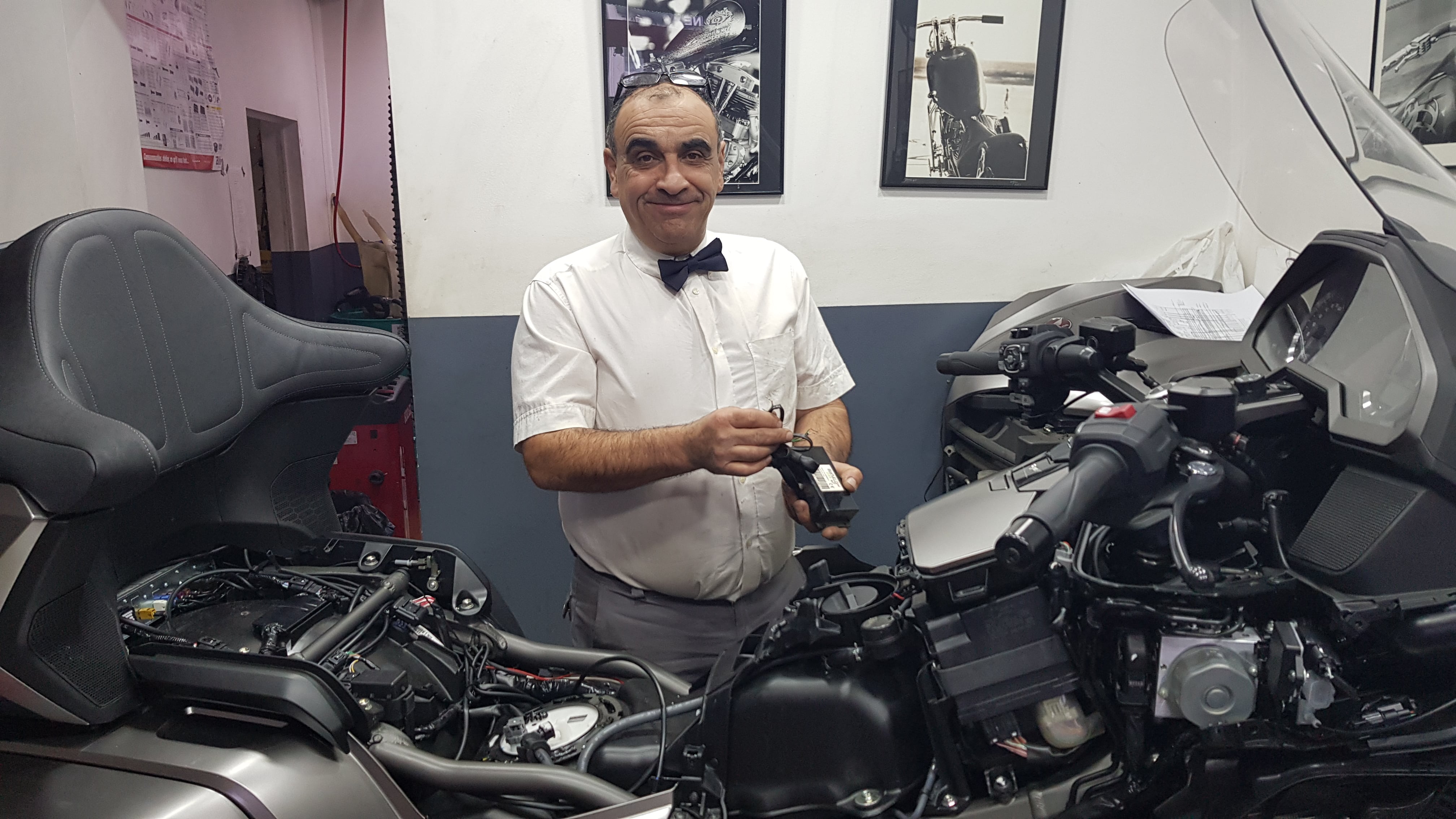Motocab runs on E85 bioethanol
The super ethanol motorcycle, a proven technology

Since 2009, Motocab - Skoot has been running all its vehicles on bioethanol. If the regulations 10 years ago did not encourage the use of this fuel, it is nevertheless true that the economic and ecological advantages of this biofuel have quickly seduced us.
What is the reliability of motorcycles converted to run on bioethanol?
This is the famous question we are asked almost daily by our customers. With almost 2.5 million kilometers per year for the past 10 years and bioethanol conversion kits on a hundred of motorcycle taxiWe have a bit of hindsight. The reliability is perfect!
Since all this time, we had to deplore the loss of one and only one fuel pump on a particular vehicle, the CTX of HONDA.
All the Goldwings 1800 equipped with bioethanol have remained in perfect condition and we have driven almost 200 000 Kms in 3 years in our activity of motorcycle taxi.
How do you install the bioethanol kit on your motorcycles ?
Technically, the kit is inserted between the injectors and the control box without too much modification. The boxes are generally sold with the original lugs of the vehicle, their installation is trivial. For the sake of reliability, given the very high mileage that we do with motorcycles, we do not use these terminals but cut the beam and redo the soldering to avoid any false contact.
The installation generally takes about 2 hours following this process by our partner who also takes care of the majority of the motorcycle taxi in Paris.
How much does it cost to convert my bike to bioethanol?
A quality box costs an average of 400 € for a 4 cylinder. We advise you to avoid non-recognized brands that sell you products for less than 200 € on ebay for example.
As for the labour, it is necessary to count around 200 € if the mechanic already knows the motorcycle.
So a vehicle is equipped for a budget of about 600 €.
Listen to Cedric's interview about our bioethanol motorcycles
How much does bioethanol cost to use?
The liter is charged almost 2 times cheaper than SP95.
Moreover, as it is the case for us, when you use this vehicle within the framework of a company subjected to the VAT, this one is recoverable up to 80% what is absolutely not the case on the traditional fuels.
Is there an overconsumption when driving with super ethanol ?
YES! Our motorcycles once equipped consume between 15 and 20% more than the manufacturers' data. This overconsumption is ridiculous compared to the price of bioethanol and your investment will quickly pay for itself on a daily basis.
What are the disadvantages of a bioethanol motorcycle?
Cold starts are more complicated with super ethanol and we advise our drivers to put 25% of traditional unleaded as soon as we approach 0 degrees.
In any case, with a battery in good shape, you will be able to go through the winter with bioethanol without worry.
Where to find bioethanol in Ile de France, Paris more precisely ?
We are lucky to have access to more than 400 bio-fuel pumps in the Paris region. We make a lot of trips to the airports and you can find this fuel on the A1 freeway, the A6 and the Porte d'issy les moulineaux. The motorcycle taxi at Orly is very represented and the pump at the entrance of the airport distributes bioethanol.
No problem to refuel in ile de France. If you have to leave for a long trip to the provinces, you can download an application that will provide you with the address of the pumps on your route. It is true that in the regions, the offer is less represented. You will also find this fuel for motorcycle taxi in Roissy at the total station just before the arrival at the terminals.
Is bioethanol really ecological?
We are not specialists on this issue. What we do know is that at the beginning, the corn used to produce bio-ethanol was imported, which raised serious questions about the carbon footprint. Today, all the fuel served in French pumps comes from crops grown in our country and this represents only 1% of the agricultural surface.
Moreover, the manufacturing processes are constantly evolving, we are already at the 3rd generation of this biofuel.
